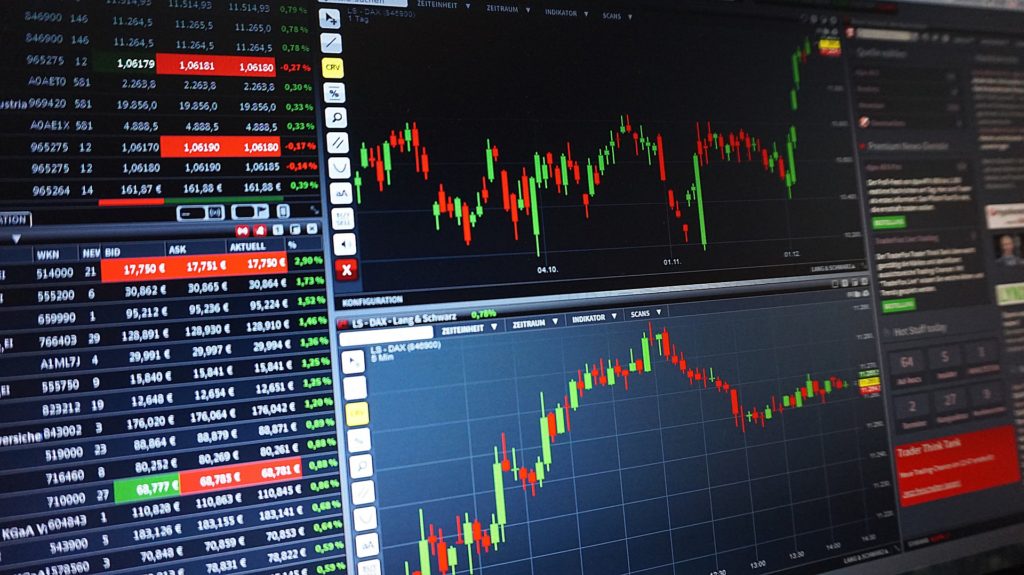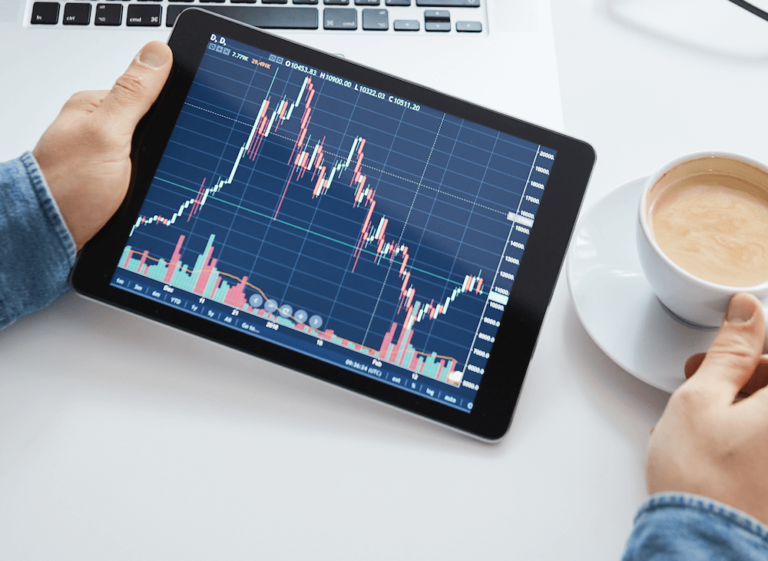
The global financial market is a huge entity, and one that is home to an ever-expanding range of niches, derivatives and asset classes. In the forex market alone, a total of $5.1 trillion is traded each day, creating a vast and liquid entity that is highly volatile.
The forex market is also unique in that it is accessible for 24-hours every single day, as traders from across the globe invest in three separate, eight-hour sessions.
In this respect, forex market trading is definitely a 24-hour job. There are other aspects that make it a full-time job or pastime, however, including the following:
Traders Can Access Currency Pairs Across Two Separate Trading Sessions
There are major and minor currency pairs available to traders, many of which involve derivatives from diverse parts of the world. The vast majority of currency traders deal prolifically in the U.S. Dollar (USD), for example, with two of the most popular pairings being the USD/GBP and USD/EUR.
As we can see, these pairings transcend single trading sessions, namely the North American one and the British or European alternatives. So, even in an age where can automate various aspects of your trading account and set proactive stop-losses, you will need to tailor your schedule to suit the nature of individual currency pairs.
This also applies when trading typically risk-averse currencies such as the Japanese Yen, as this is usually bought or sold against the USD or the EUR.
Range Trading Makes the Timing of Your Orders Crucial
If you are new to the concept of range trading, this is a strategy that leverages clearly-defined trading levels and trends to inform their orders. Market ranges occur when your chosen currency pairing lacks a defined directional trend, but rather than being deterred traders’ embrace sideways pricing to drive returns.
For range trading strategies to be successful, however, it is imperative that they chose the optimal time of day to place orders. This will have a direct impact on profit and loss, while it is fair to say that the best time to trade also depends partially on your specific currency pairs.
So while studies show that most traders are successful during the late U.S. and Asian sessions (or 7pm to 11am UK-standard time), you will need to adopt a global outlook and create a schedule which focuses on the optimum trading time each day.
The Forex Market is Volatile and Open to Constant Price Movements
You can access a comprehensive list of forex trading hours here, but it is also important to understand that the forex market is the single most volatile financial entity in the world. This means that derivatives are constantly subjected to sudden and subtle price movements, while currencies can rise and depreciate in value several times during a 24-hour period.
This is why traders need to have 24-hour awareness when trading, as the nature of geopolitical and macroeconomic trends can cause the value of your pairings to fluctuate at any time of the day or night.
You can offset this sizable risk by creating an optimal trading schedule, of course, while also establishing stop-losses on your account. You should also look to trade through a mobile app, as this can provide seamless access to the markets regardless of the time or your geographical location.

